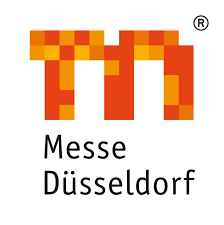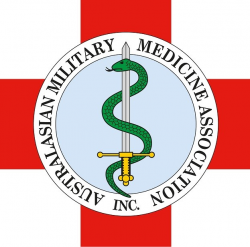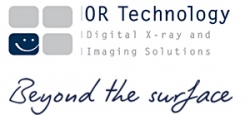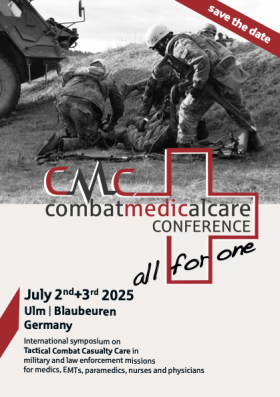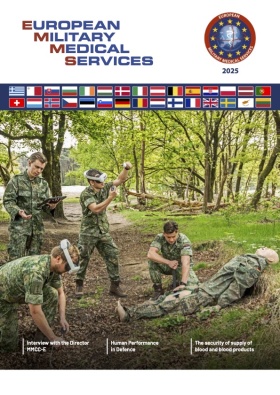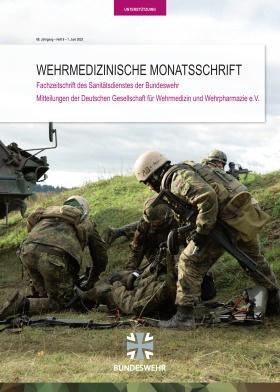
Report: Report of an Advanced Research Workshop – Christian Haggenmiller
Convergence of AI and Biotechnology – Innovation with Global Security Challenges
The convergence of Artificial Intelligence (AI) and biotechnology is dramatically transforming scientific innovation, posing significant global security challenges and bio-threat concerns. As regulatory authorities struggle to keep up with the rapid development in this field, an interdisciplinary and multinational advanced research workshop (ARW) was held in Cartagena, chaired by the US Army Corps of Engineers and NATO’s Science for Peace and Security Programme.
Key takeaways from this workshop, along with additional insights from the EU and NATO publications, have been compiled to address these issues.
Introduction
AI and biotechnology are accelerating innovation cycles across various domains.
For example, AI enhances scientific knowledge extraction, streamlines screening and design methods, and speeds up drug development by 25-50%. It facilitates rapid screening of extensive compound libraries, predicts interactions with target proteins, and optimizes drug discovery timelines, improving therapeutic efficacy and safety.
Additionally, AI contributes to creating new biomaterials for tissue engineering, wound healing, and bio-sensing. It optimizes cellular pathways for efficient biofuel, pharmaceutical and industrial chemical production with real-time adjustments, maximizing production while minimizing costs.
Synthetic biology offers strategic advantages for armed forces, such as enhancing energy efficiency through engineered microbes that produce fuel and bacteria-powered batteries, and developing new materials like heat-resistant gear and genetically modified spider silk for protective equipment. Specifically, the creation of sensors capable of detecting pathogens, chemical agents, and advancements in early disease detection and treatment modalities to bolster soldiers’ health, physical and cognitive performance are very promising.
Despite these advancements, the integration of AI and biotechnology introduces significant risks, particularly the potential misuse of AI to create bioweapons is a major concern. For example, in one experiment, an AI system generated 40,000 harmful molecule candidates, underscoring the need for understanding the outcomes of training of AI models. Not only that this would facilitate genetic engineered novel or modified pathogen by non-experts, once the development has reached a level of maturity, one of the main concerns are the difficulty of timely detection and therefore, the challenge to counter those threats.
Lessons from Conflict Scenarios
Experiences from conflict zones, such as Ukraine, highlight the potential of AI-driven eHealth technologies:
- Remote Diagnostics and Care
AI can provide remote diagnostics, mental health care, and robotized medical equipment in conflict zones. However, protecting digital health records and sensitive health data is particularly challenging in war scenarios. This includes data for identification, biometric, and genetic data in health care facilities under attack.
- ‘Rebuild from Nothing’ Scenario
The Ukrainian government initiated an operation to back up institutional data for restoring data in a war-damaged environment. Health data were absent due to legal and sensitive issues. Nevertheless, backing up those data is essential for restoring health services post-conflict.
- Facial Recognition
While useful for identifying deceased individuals and informing families, facial recognition raises concerns about psychological and information warfare.
Conclusions
The fusion of AI and biotechnology is significantly altering the development trajectory for life sciences, agriculture, and novel materials, with substantial dual-use potentials.
Organizations such as WHO, NATO, and the EU play crucial roles in establishing guidelines, promoting responsible development, and ensuring global regulatory coherence. However, the rapid pace of innovation outstrips governance responses and regulatory frameworks, necessitating an adaptive and robust multinational security measures to prevent major catastrophic biological events.
The opacity of AI models complicates transparency and identifying biases or vulnerabilities, potentially leading to overreliance and deskilling in critical evaluation processes. AI’s complexity and lack of empathy can undermine trust in diagnoses and treatments, leading to significant ethical issues.
The most critical concern is that AI not only accelerates the development of novel biological agents (for both beneficial and harmful purposes) but also enables malicious actors to plan potential attacks more effectively. By using AI to analyse patterns, strengths, and weaknesses in preparedness and bio-defence capabilities of nations or alliances, these actors can better strategize their efforts.
Therefore, addressing the complex challenges posed by the convergence of AI and biotechnology requires proactive international collaboration, robust regulatory frameworks, and ethical foresight to ensure responsible development and deployment globally. EU and NATO guidelines are promising but do not fully address the spectrum of risks and appropriate mitigation tactics and strategies. Therefore, initiatives like the recent ARW workshop underscore the importance of not only addressing the security challenges but also advocating for advancing necessary innovation with a safer use of AI and biotechnology.
Proposed way ahead
1. The scientific community need to be encouraged to adopt a risk-based approach with anticipating secondary and tertiary order effects of their research outcomes and share this with a to be defined security peer group.
2. Flexible governance structures are needed to keep pace with the rapid advancements. However, governance need to understand the real risks and threats of both technologies to not overregulate innovation and therefore, need to keep a close contact to R&D stakeholders.
3. A follow-up workshop (ARW) with cross-sectoral stakeholders should be conducted in the next six months to keep the momentum and grow the network to address the ethical, social, and technical challenges posed by the continuous convergence of AI and biotechnology. This should be followed by EU/NATO research and development initiatives (e.g. DIANA, EDA).
4. EU and NATO should calibrate their projects in this field to ensure interoperable AI-powered tools to aid in early bio-threat detection and tracking policy mitigations programmes for effective countermeasures and multinational response coordination. Expert red-teaming exercises should challenge regularly the crisis response capability of their member states and the status quo of the governance and regulatory frameworks in mitigating potential risks.
References available on request from the author.
Author: Commander (DEU Navy) Christian Haggenmiller
Medical Adviser, European Union Military Staff
Rue d’Arlon88
B-1040 Brussels, Belgium
Email: [email protected]
Date: 07/30/2025
Source: EMMS Magazine 2025

